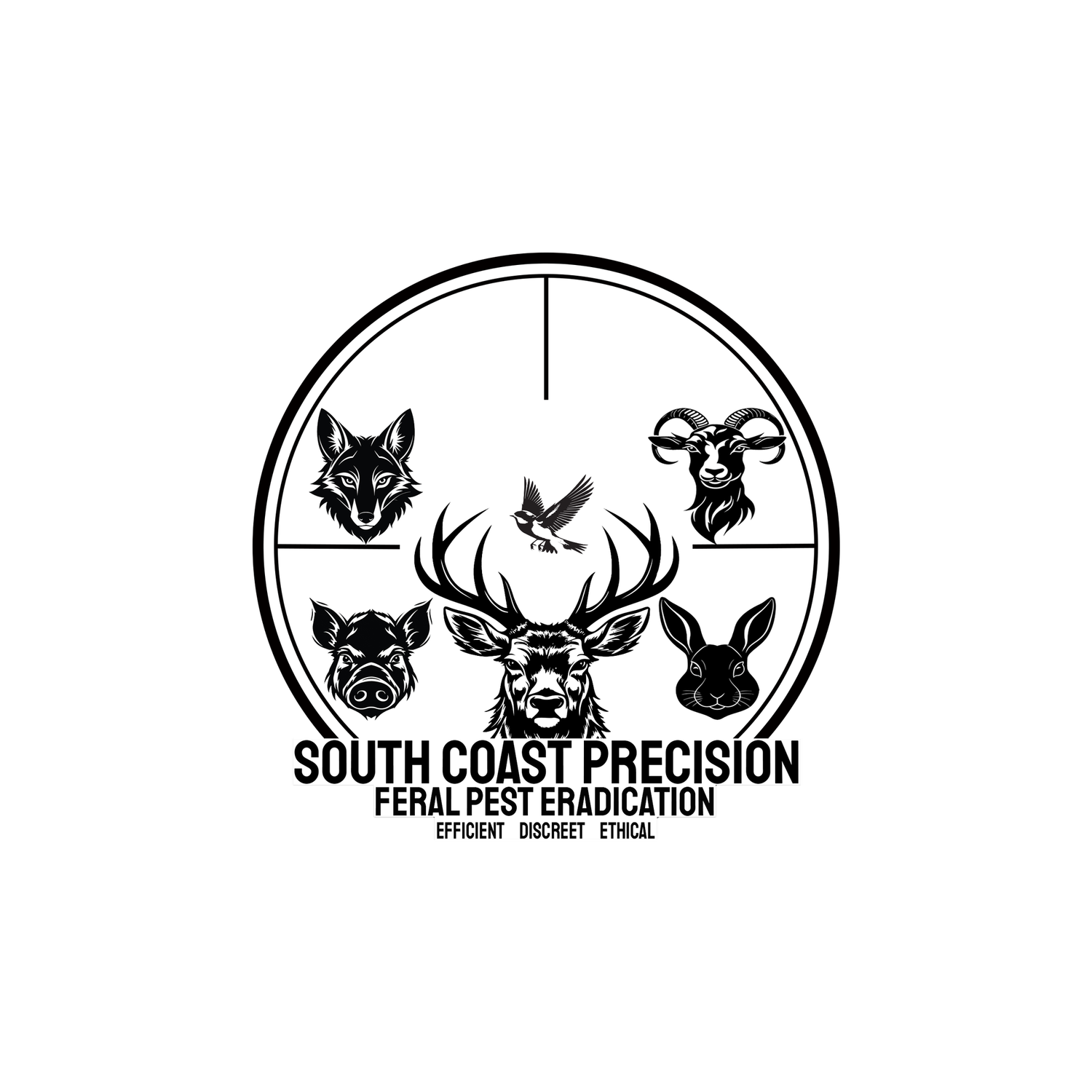
Wild Dog
Wild Dogs
Scientific Name:
Canis lupus familiaris
Common Names:
Feral Dog
Wild Dog
History:
Feral dogs (Canis lupus familiaris) are descendants of domesticated dogs that have reverted to a wild state. Dogs were domesticated from wolves thousands of years ago, with evidence suggesting that domestication occurred around 15,000 to 30,000 years ago. Initially, domesticated dogs served human societies by helping with hunting, herding, guarding, and companionship.
However, over time, some dogs were abandoned, escaped, or became separated from human care.
The domestication process gradually selected dogs with traits that were beneficial to humans. However, feral dogs show traits of their wild ancestors, including heightened instincts for hunting, scavenging, and surviving in harsh environments.
These traits make them highly adaptable and able to survive in diverse habitats where domesticated dogs cannot. In the case of feral dogs, domestication’s effects are undone over generations, and they form social structures and behaviours more similar to those of wild canids, including wolves and coyotes.
Ecology:
Feral dogs are opportunistic carnivores and scavengers, however in some areas they are known to eat fruits. To obtain meat they will form packs and hunt smaller mammals such as rabbits, rodents, and marsupials. With larger prey such as kangaroos they will use their endurance and stamina to run down feeling prey until it eventually tires out and becomes exhausted.
Decaying flesh such as road kill is also part of their diet but they will also target birds, reptiles, and amphibians. In urban environments, feral dogs will also scavenge for human food scraps when in close proximity to homes or local rubbish tips.
Females (bitches) typically breed once a year, often in the spring, giving birth to litters of 4-6 pups, depending on environmental conditions and food availability. This high reproductive rate allows feral dog populations to increase, which can be problematic in areas where their presence becomes invasive.
They will then feed off the mother’s milk before being weaned at 6-8 weeks, at that stage they will feed of kills brought back to the den site. They will stay with the pack until 6-12 months before being potentially pushed out to find their own pack or form another.
Feral dogs are social animals and often form packs, typically hierarchically organised like wolves. These packs work together to hunt, protect territories, and raise pups. Their pack structures are flexible, with dogs forming loose groups for survival, especially during food scarcity.
Impact:
Feral dogs have significant environmental impacts, particularly on native wildlife. As apex predators, feral dogs compete with native predators for food and disrupt the balance of local ecosystems.
These species often lack the defence mechanisms to cope with the highly efficient predation of feral dogs. Ground-nesting birds, reptiles, and small mammals are especially vulnerable. As feral dogs hunt and kill native species, they alter food webs, which leads to broader ecosystem imbalances, including the decline of other wildlife that rely on the same resources such quolls, birds of prey and large monitor lizards.
Feral dogs cause severe financial damage to agriculture by preying on livestock, including young or vulnerable animals like lambs, calves, and poultry. In addition to direct predation, feral dogs can damage fencing, crops, and other infrastructure used for farming.
This correlates to the agricultural sector experiencing huge losses with the NSW Department of Primary Industries (DPI) estimating that feral dogs cost the state somewhere in the vicinity of $25 million a year in damages in just NSW alone.
There is also the social impact of wild dogs. Farmers affected by wild dogs have been noted to suffer phycological distress due to severe stock losses constantly thus meaning financial hardship, feeling useless or due to the additional work and expenditure to prevent further loss of stock.
Some have even made the swap from sheep to cattle in a hope to minimise loss but this in areas when wild dog populations are high is negligible.
Feral dogs are carriers of several diseases that can pose a risk to humans, domestic animals, and wildlife. Notable diseases include:
leptospirosis
Canine Distemper
Parasitic mites
Toxoplasmosis
Control Methods:
Trapping and poisoning are commonly used control methods in many regions, especially remote areas where feral dog populations are particularly problematic. In Australia, for example, the use of 1080 poison (sodium fluoroacetate) is frequently employed to control feral dog numbers. While effective, these methods raise ethical concerns and can have unintended consequences, such as the poisoning of non-target species.
Ground-based shooting is a popular method for reducing feral dog populations. This technique is often implemented in areas where feral dogs pose an immediate threat to native wildlife or livestock. Trained professionals or landowners typically perform culling, which should only be attempted by trained professionals.
In some high-risk areas, particularly conservation zones or agricultural land, fencing is used to exclude feral dogs from specific habitats. This may involve building physical barriers or using technology such as electronic fences or sensors to deter the animals from entering sensitive areas.
Hear a wild Dingo call below.





